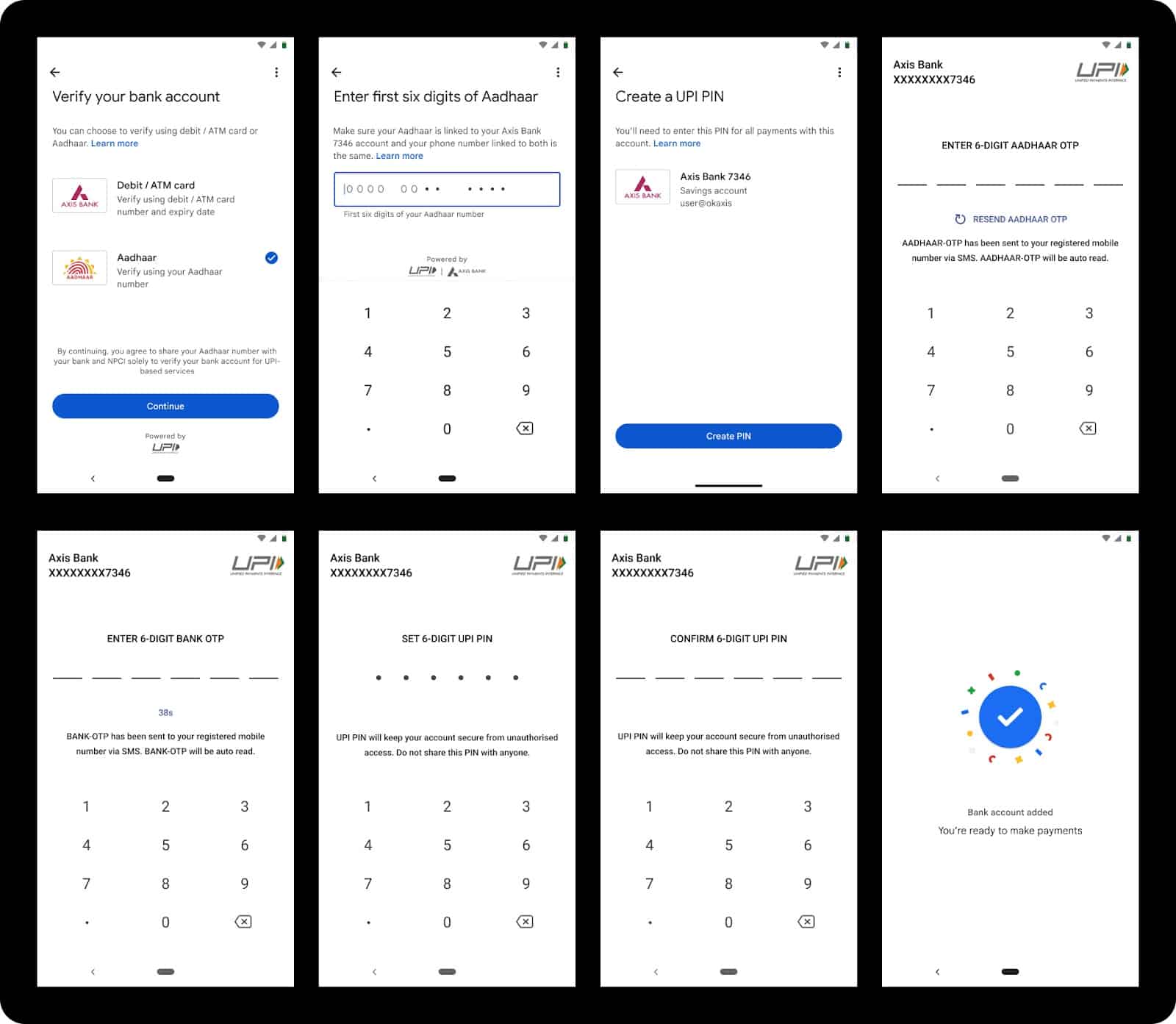In the rapidly evolving landscape of digital payments, Google Pay has emerged as a leading player, offering users a seamless and secure platform. In a recent development, Google Pay has introduced Aadhaar-based authentication, revolutionizing the way users interact with the platform.
This article delves into the significance of this new feature and its implications for the future of digital payments.
What is Google Pay’s Aadhaar-Based Authentication?
Google Pay’s Aadhaar-based authentication is a feature that allows users to link their Aadhaar cards.
(A unique identification number issued by the Indian government) with their Google Pay accounts.
This integration enables users to enjoy enhanced security and convenience while making digital payments.
also read: How to Turn On Google AI Search: A Step-by-Step Guide
The Importance of Aadhaar-Based Authentication
Aadhaar-based authentication brings several benefits to Google Pay users.
Firstly, it adds an additional layer of security by verifying the user’s identity through their Aadhaar card.
This helps prevent unauthorized access and reduces the risk of fraudulent transactions.
Secondly, it simplifies the onboarding process for new users, making it easier and faster to create an account and start using Google Pay.
Streamlining Digital Payments
With Aadhaar-based authentication, Google Pay aims to streamline the digital payments experience for users.
By linking their Aadhaar cards, users can securely store their personal information and payment details.
It is eliminating the need to repeatedly enter these details for each transaction.
This feature enhances convenience and saves time, making digital payments more efficient.
Enhanced Security Measures
One of the primary concerns for users engaging in digital transactions is security.
Google Pay’s Aadhaar-based authentication addresses this concern by leveraging the robust security infrastructure of the Aadhaar system.
By validating the user’s identity through their Aadhaar card, the risk of unauthorized transactions is significantly reduced.
This feature provides users with peace of mind and builds trust in the platform.
Simplified Onboarding Process
Creating a Google Pay account traditionally involved entering personal information and bank details manually.
However, with Aadhaar-based authentication, the onboarding process becomes simpler and faster.
Users can link their Aadhaar cards, and relevant information is automatically fetched, reducing the effort required to set up an account.
This seamless onboarding experience encourages more users to embrace digital payments.
Future Implications
The introduction of Aadhaar-based authentication on Google Pay sets the stage for further advancements in the digital payments ecosystem.
As more users adopt this feature, it will pave the way for a more comprehensive and secure digital infrastructure.
Additionally, the integration of Aadhaar cards with Google Pay opens doors for innovative services and features that can further enhance the user experience.

Conclusion
Google Pay’s Aadhaar-based authentication brings a new level of security and convenience to the digital payments space.
By leveraging the unique identification system of Aadhaar, users can enjoy a streamlined experience, enhanced security, and simplified onboarding.
This feature demonstrates Google Pay’s commitment to improving the digital payments landscape and sets the stage for future innovations.
As digital payments continue to grow in popularity, Aadhaar-based authentication will play a crucial role in shaping the industry’s future.
Image credit: Beebom





















